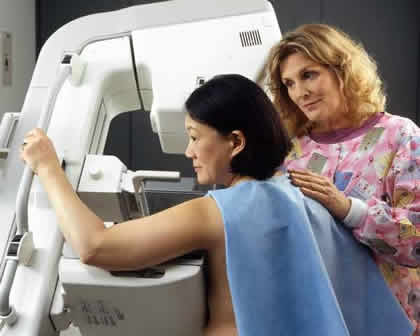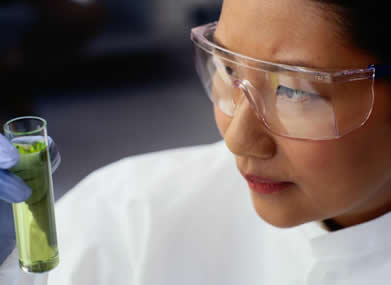
The Centers for Disease Control and Prevention says Asians lag behind other groups in receiving recommended cancer screenings such as mammograms.  CDC’s National Health Interview Survey (NHIS) shows that rates of screening tests for breast cancer are significantly lower among Asians than among whites and blacks. Only 64.1% of AAPI women follow the guidelines, a significant finding as breast cancer is the second leading cause of cancer-related death among Asian American. Women.
CDC’s National Health Interview Survey (NHIS) shows that rates of screening tests for breast cancer are significantly lower among Asians than among whites and blacks. Only 64.1% of AAPI women follow the guidelines, a significant finding as breast cancer is the second leading cause of cancer-related death among Asian American. Women.
CDC says people without access to health care or health insurance were less likely to have undergone cancer screening than people with better access to healthcare. More recent immigrants also were less likely to have received tests than immigrants who had been in the U.S. longer, according to the study.
The Montgomery County Asian American Health Initiative has prepared the following information on breast cancer and Asian Americans:
It is especially important for Asian American women to learn about breast cancer and take proactive steps to prevent it.
Cancer is a term used for diseases in which abnormal cells divide without control and are able to invade other tissues. Cancer cells can spread to other parts of the body through the blood and lymph systems. A tumor is an abnormal mass of tissue that results when cells divide more than they should or do not die when they should. The tumor can be either benign, which means it is non-cancerous, or it can be malignant, which means it is cancerous. Breast cancer is when the cancer cells are found in the tissue of the breast. Breast cancer can occur in both men and women, but it is more common among women.
Especially in the beginning stages, breast cancer does not show many signs or symptoms. As the cancer progresses, certain symptoms may be present, such as: a breast lump or thickening that feels different from surrounding tissue, bloody discharge from the nipple, change in the size or shape of a breast, changes to the skin over the breast, inverted nipple, peeling or flaking of the nipple skin, redness or pitting of the skin over your breast- like an orange.
There are certain risk factors which can increase your chances of developing breast cancer. These risk factors include: being female, aging, family history of breast cancer, inherited genes, radiation exposure, obesity, beginning menstruation at a younger age, starting menopause at an older age, having your first child at an older age, drinking excessive amounts of alcohol.
Because breast cancer may not have symptoms in the beginning stages, and can develop in the absence of risk factors, it is very important to follow screening recommendations.
The American Cancer Society recommends that women receive Clinical Breast Exams (CBEs) every 3 years starting from the age of 20. When women reach age 40, they should receive a CBE every 4 years. Furthermore, the Office on Women’s Health supports the guidelines that women should receive mammograms every 1-2 years starting at the age of 40. A mammogram is a low dose x-ray exam that checks the breast tissue for abnormalities. Women are also encouraged to become familiar with the way their breasts normally look and feel so they can report any changes to their health care provider. The combination of these screening recommendations can help find breast cancer early, when it’s most treatable.
The Montgomery County Department of Health and Human Services, Asian American Health Initiative (AAHI) encourages you to contact your primary care doctor for a screening if you have not yet received a CBE or mammogram. If you are a Montgomery County resident, low income, and uninsured, you can learn about low-cost and/or free breast cancer screenings by calling any of the following: 1) Women’s Cancer Control Program at 240-777-1750, 2) Holy Cross Hospital Mammogram Assistance Program at 301-754-8407, or 3) Montgomery Cares Clinics at 240-777-0311.
 Asian Fortune Your source for all things Asian American
Asian Fortune Your source for all things Asian American



